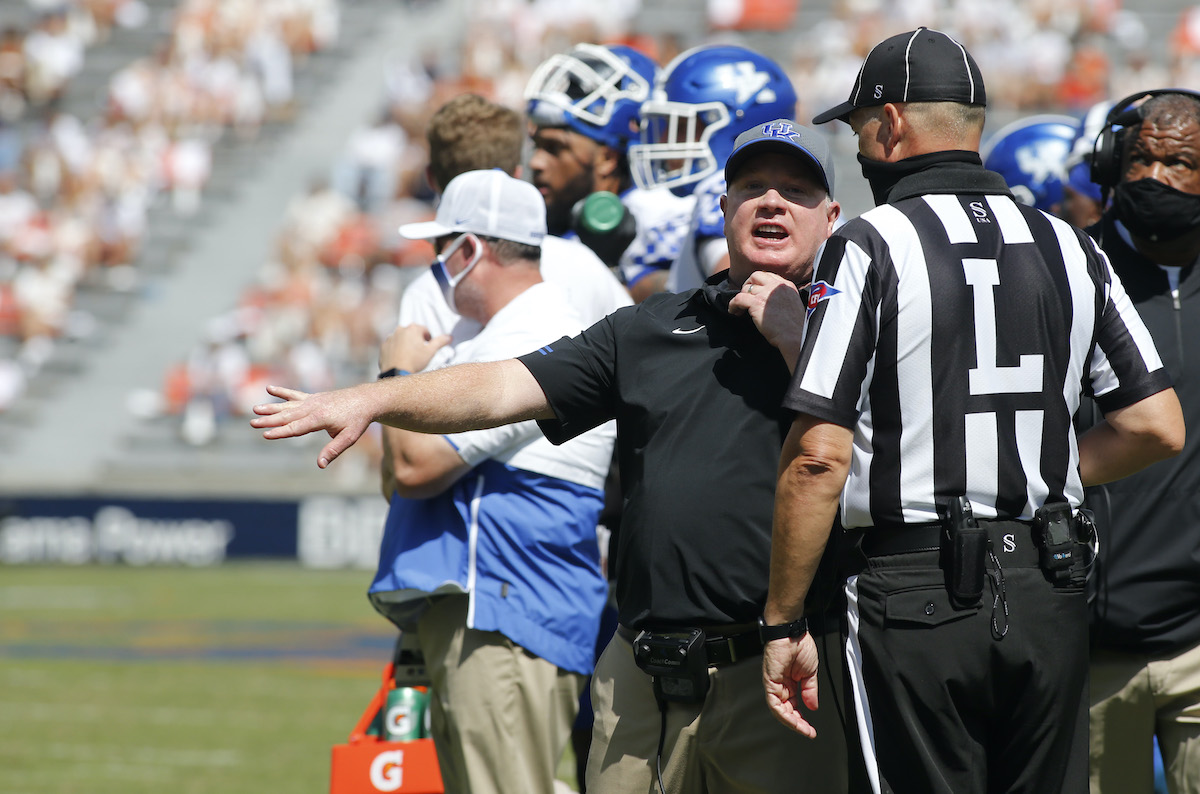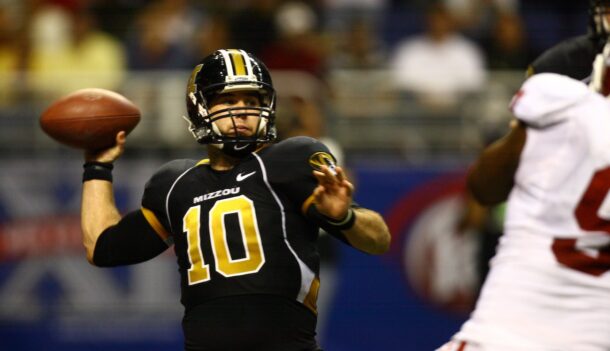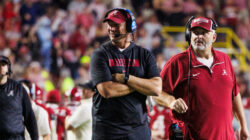
Not a curse: Why Kentucky can only blame itself for 0-2 start
By Joe Cox
Published:
Part of the history of Kentucky football is a stubborn insistence that the program is under some sort of curse. It was Bear Bryant or Adolph Rupp or the success of the basketball team or the state’s neutral status in the Civil War or something from the Native Americans. But it isn’t.
A curse doesn’t cause your senior running back to start celebrating early on a first play run, only to get pulled down at the 3-yard line, or to fumble the ball away at the goal line 2 plays later. It doesn’t cause you to engage in a steady diet of defensive trash talk, followed by a choice between 2 defensive possibilities — leaving opposing receivers uncovered or hitting them before a pass arrives. It doesn’t cause your kicker to shank an overtime extra point wide right. Just like it didn’t cause you to abandon the ground game and try to sneak a pass into the end zone in Week 1 against Auburn only to see it go the length of the field the other direction.
Football is a game of risk avoidance. It’s not for nothing that college football coaches are some of the most conservative thinkers in any sport, or probably even in any field of employment. (Consider an exception like Mike Leach, whose brilliant takeover of the leviathan that is SEC football was temporarily stalled by an Arkansas team that hadn’t won a conference game since 2017.) The razor-thin line between victory and defeat is often defined simply by this — football games are won by the team that does more good things, but in a close football game, they are almost always won by the team that does fewer terrible things.
The good news for Kentucky football is this: They’ve done plenty of good things (particularly on offense). Kentucky leads the SEC in rushing by almost 100 yards per game and averages 5.8 yards per carry. The Wildcats are 5th in the SEC in total offense, trailing only the Mississippi schools, Florida and Alabama. Meanwhile, Kentucky is 6th in the SEC in total defense, and allows 3.4 yards per carry to opposing rushers. Kentucky leads the conference in 3rd-down conversion percentage and in time of possession. Three of the SEC’s top 8 rushers are Kentucky Wildcats. There’s plenty of good news here.
But, of course, there’s plenty of bad news. Kentucky is dead last, not in the SEC, but in all FBS schools, in pass efficiency defense. For a team that was near the top of the SEC in that stat last season, and returned virtually all of its personnel, that’s unthinkable. But 2 games have yielded these numbers to opposing passers: 40-for-56, 553 yards, 7 touchdowns, 0 interceptions.
The Wildcats’ -4 turnover margin ties for worst in the league with Mississippi State. The red-zone offense has been atrocious. Kentucky has 3 turnovers in its 8 red-zone possessions this season. For perspective, 7 SEC teams don’t have a single red-zone turnover in 2 games. Only Vandy (2) also has more than 1. Combine that with the only SEC defense that has yet to force a turnover … and it gets dicey.
Mark Stoops has built Kentucky football on the back of teams that did old-school things well — run the football, eat the clock, keep possession, and throw in the occasional defensive turnover. In a world where the MAC is off the schedule, Kentucky has found itself scrambling a bit to keep up with a more pass-conscious SEC. Bo Nix and Matt Corral are both good quarterbacks — although any enthusiasm for Nix should be tempered by the fact that Georgia on Saturday, like most upper-echelon defenses he’s faced, made him look pretty pedestrian.
But a curse? A curse doesn’t make a unit ranked near the top of the league play like the worst in the country. It didn’t make Kentucky’s coaches lose track of their offensive identity on occasion, or fail to capitalize on a historic rushing day Saturday. Unless excessive smack-talk is a symptom of a curse, there’s nothing on the field that points to that.
The rebirth of Kentucky’s curse is probably destined to go like this — when the Wildcats stop doing a much higher number of terrible things than their opponent, they’ll start looking like Stoops’ past couple of teams again. The only curse in play here is the one that’s self-inflicted.
Joe Cox is a columnist for Saturday Down South. He has also written or assisted in writing five books, and his most recent, Almost Perfect (a study of baseball pitchers’ near-miss attempts at perfect games), is available on Amazon or at many local bookstores.







